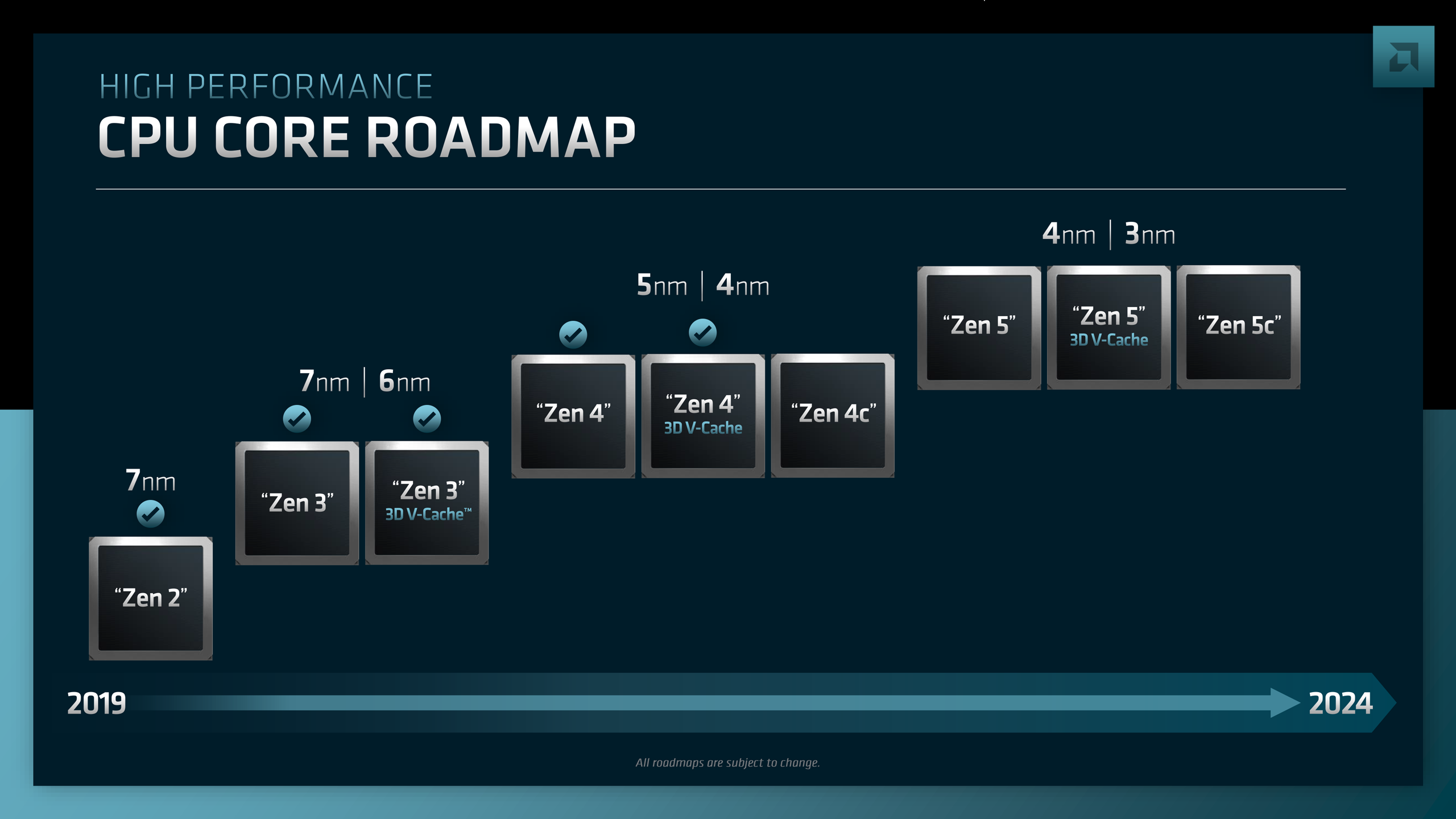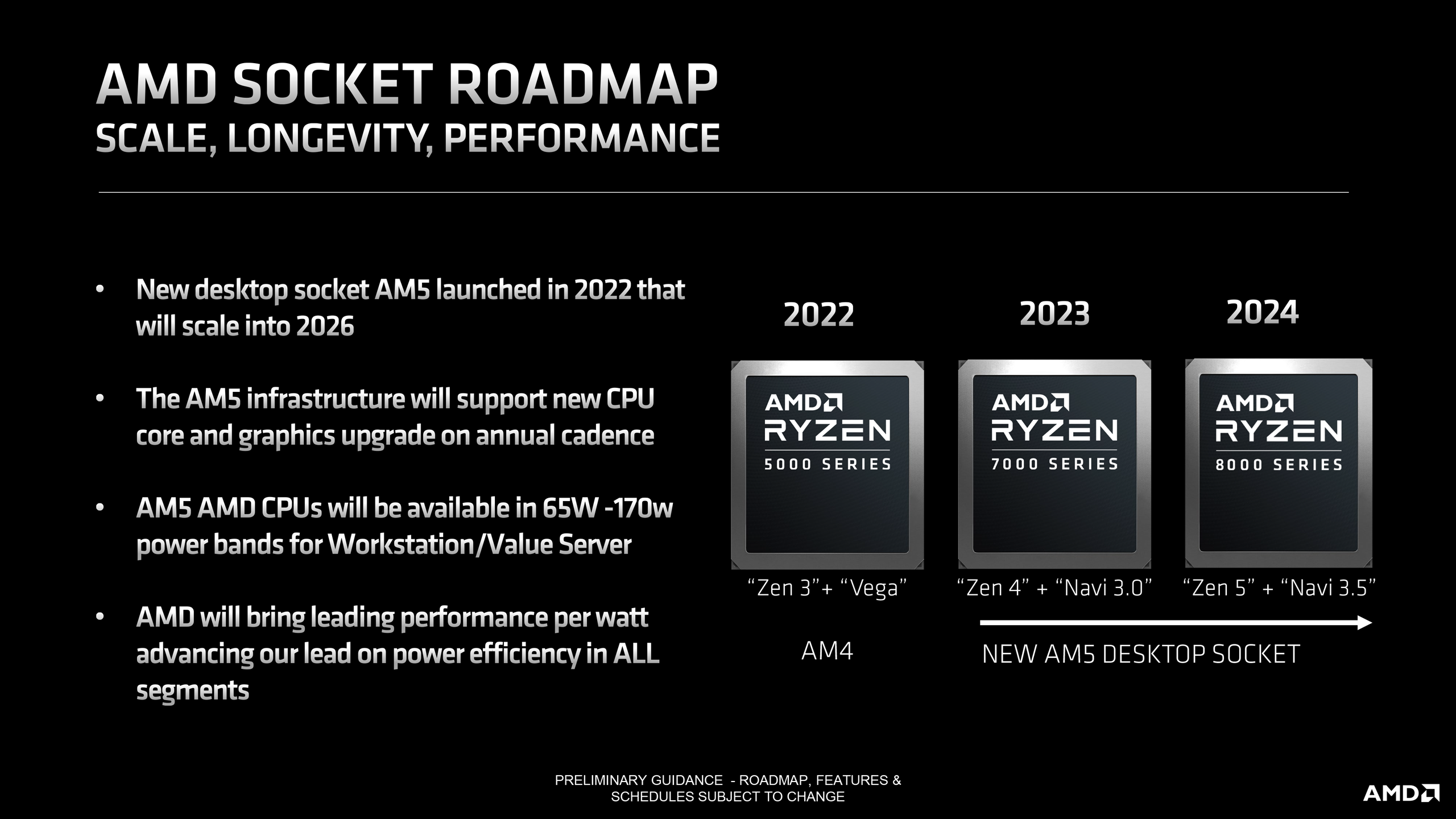AIDA64 Gains Support for AMD's Zen 5 CPUs
Zen 5 is getting a step closer, at least on paper.

FinalWire on Tuesday announced that the latest version of its AIDA64 diagnostic and benchmarking software has gained preliminary support for AMD's upcoming processors based on the Zen 5 microarchitecture. In addition, it "improved" support for Intel's forthcoming Meteor Lake, Arrow Lake, and Lunar Lake processors.
AIDA64 Engineer 6.90 software can now recognize AMD's processors based on the next-generation Zen 5 microarchitecture, according to release notes for the program. This essentially means that AMD has provided FinalWire a set of identifications for its upcoming CPUs, an important development milestone.
Unfortunately, this does not give any clue about when AMD is set to introduce these processors. For example, FinalWire added preliminary support for Intel's codenamed Meteor Lake CPUs back in late 2021, and these products are set to arrive only later this year. Lunar Lake, among the chips receiving "improved" support, is expected to arrive in late 2024 or early 2025 and is expected to feature a brand-new microarchitecture.
In addition, AIDA64 Engineer 6.90 now has "improved support" for Zhaoxin's upcoming Yongfeng processors for client PCs and servers that are set to feature up to 32 cores.
Last but not least, the latest version of AIDA64 comes with an AVX2-optimized benchmark for Intel's Raptor Lake Refresh processors, though it is not completely clear whether this benchmark has something special particularly for the refreshed versions of Raptor Lake, or if it also includes other chips.
AMD has already formally announced that its Zen 5-powered processors will belong to the Ryzen 8000 family that is planned for release in 2024. AMD's Zen 5-based client CPUs —Granite Ridge for desktops and Strix Point for laptops — are expected to incorporate RDNA 3.5-powered integrated GPUs.
Get Tom's Hardware's best news and in-depth reviews, straight to your inbox.

Anton Shilov is a contributing writer at Tom’s Hardware. Over the past couple of decades, he has covered everything from CPUs and GPUs to supercomputers and from modern process technologies and latest fab tools to high-tech industry trends.
